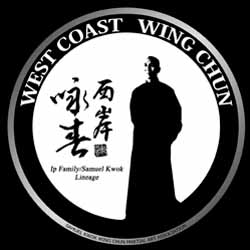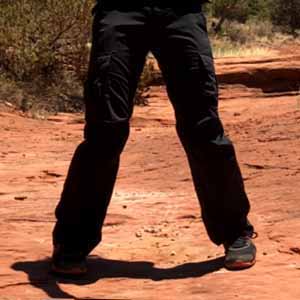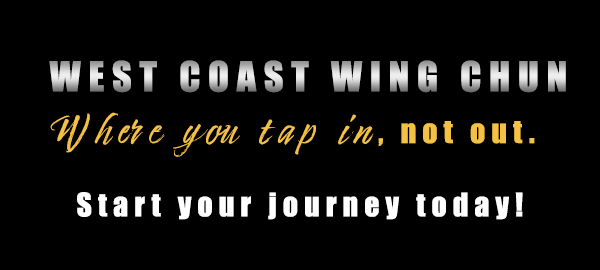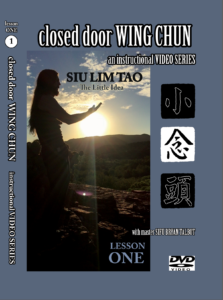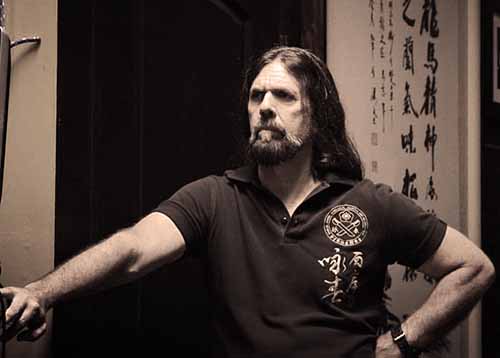Wing Chun Triangle Theory
Wedge Principle
Sifu Bryan Talbot & Sifu Kim Squiers
Sifu Bryan Talbot is USA Representative of Samuel Kwok Wing Chun Kung Fu Martial Art Association and Chief Instructor for West Coast Wing Chun Worldwide. Sifu Kimmy Squiers is Lead Instructor for West Coast Wing Chun Long Beach, Ca.
Wing Chun Triangle Theory - Wedge Principle
In Wing Chun Kung Fu, the Wing Chun Triangle Theory is better described as a Wedge Principle. The Wedge Principle is present throughout all of the Kuen Do (fist forms) and is a dominating structural component in the Wing Chun system.
By design, great care and intent has been taken to place powerful kinetic and energetic structures within Wing Chun postures and techniques. A triangle that actuates these kinetic and energetic forces will be transformed into a powerful wedge that can destroy the structure of the opponent while providing simultaneous offense and defense.
Wing Chun Triangles
Yee Gee Kim Yeung Ma, Wing Chun’s root stance, is comprised of multiple iterations of the triangle. The base of the stance creates a forward facing triangle by placing the front of the feet slightly inward. Additionally, the leg positioning of the inner thighs creates an upward facing triangle.
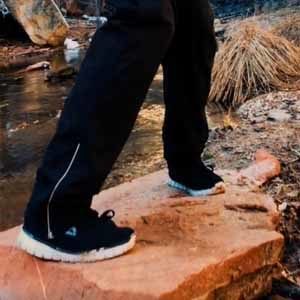
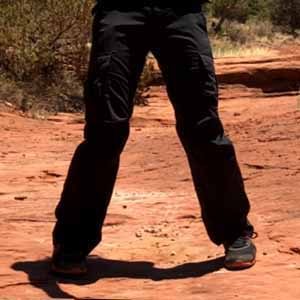
Further, the elbow down position of the guard (man sau – wu sau) and all Wing Chun techniques of the hand that lie upon the centerline create additional forward facing triangles.
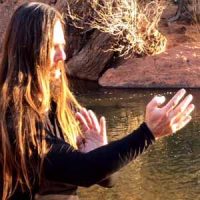
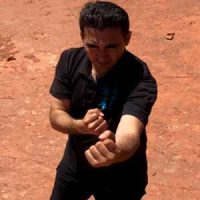
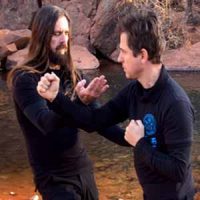
Activating Wing Chun Triangles
Link and Lock - The Waist and Stance Must be United
Activating these triangles is paramount for delivering efficacy and power, which may remain dormant without an understanding of how wedges function. The primary function of a wedge is to separate, split apart or cut which requires a force to move the wedge forward from the blunt end. A wedge with a wider base requires more energy to do its job. Conversely a wedge with a narrow base requires less energy.
While the width of the wedge’s base does have implications in Wing Chun, the most important aspect to note is that ENERGY is needed to make the triangles function EFFECTIVELY. So then, how do we apply energy to our triangles to activate them?
First, we must make sure we link and lock our upper and lower triangles. (see diagram). We create this link through the adduction of the thighs and pelvis. This adduction kinetically links the spine to the thighs, activating the origin and insertion points of psoas. Further, through squeezing the hui yin or perineum (tai gong), we send a surge of energy into the spine and dan tien. Once we connect the lower triangle to the upper triangle in this manner, we must lower the elbows and relax the shoulders to link and lock the two triangles together. This connection method MUST be present throughout all stances and footwork to maintain structural integrity and true power.
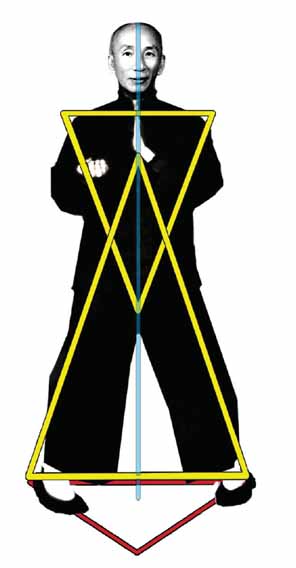
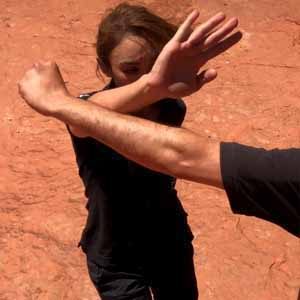
Activating Wing Chun Triangles
Forward Intent
However, the activation of the triangles in the Wing Chun stance is not enough on its own. We must use forward intent and motion with our wing chun techniques in unison with footwork as a means to separate, split apart or cut through the opponents force. This combined with the linking and locking of our upper and lower triangles will have the ability to drive through the opponent’s force and disrupt their balance and power.
A triangle that is static does not embrace the true function of a wedge and will fail under overwhelming force. However, a wedge that cuts forward on the centerline with correct structure will penetrate and split apart the opponent’s force and affect their core.
